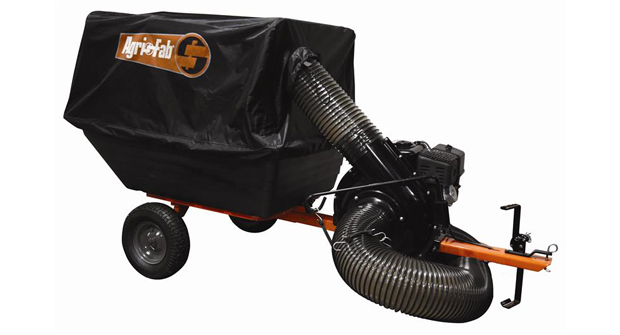Pro Care Horticultural Services minimizes equipment loss with a financial incentive.
There’s no doubt that landscape equipment experiences a lot of wear and tear and many pieces break down over time. But improper maintenance and carelessness can lead to earlier breakdowns, loss or even theft. Lowell Rolsky, president of Pro Care Horticultural Services in Carmel, Ind., recently implemented a new tactic that aims to minimize equipment problems. By deducting from the bonuses he offers employees at the end of the year, he believes he may be able to reduce the amount of lost, stolen or damaged equipment the company deals with annually.

“We’ve been in business for 42 years and trying to fight this problem for a long time,” says Rolsky, who employs between 65 and 80 people during peak seasons and retains 30 to 35 full-timers. “Over the years we’ve tried a lot of approaches and nothing really worked. The fact is money is what motivates most people, and while we can’t take wages away, we found that deducting from the employee’s bonus is quite effective.”
At the end of the year, supervisors and foremen are eligible for a bonus of $50 for every year they’ve been with the company. That’s in addition to a $50 bonus that employees get any time their name is mentioned by a customer. But Rolsky has found that deducting money from that “end-of-year” bonus is most effective considering it’s a time when the holidays are on employees’ minds and they’re hoping to make some extra cash.
“We look at the equipment issues on a case-by-case basis,” Rolsky says. “We certainly aren’t out to penalize our employees for equipment that breaks down for normal wear and tear. But if it becomes obvious that equipment was stolen because a truck was left unlocked or that the equipment was mistreated, that’s negligence, and we hold the employee accountable for that with a bonus deduction.”
In determining how much to deduct, Rolsky says he looks at the deductible for that piece of equipment and determine a value based on that. “For instance, if it’s a $300 blower that gets lost, we will ask for a third of that by taking it from the bonus,” he says. “That can add up if the employee is careless, but the fact is, someone who is regularly careless shouldn’t be with the company anyhow. So the second benefit of this program is that it focuses our attention on employees who are perhaps not suited to remain with the company.”
While the deduction program has only been in place about two years, Rolsky believes it’s working. “We haven’t quantified whether this is saving us a lot of money yet, but what I do know is that employees have become more aware that we’re serious about them taking good care of the equipment,” Rolsky says. “For a long time I think they thought it was just talk. But now that they’re seeing consequences, I believe we’ll start seeing change.”
Rolsky adds that he’s already observed positive changes. Workers, for instance, are remembering to lock their trucks, and leaders are doing a better job of looking at their trucks before they leave job sites. “It’s helping our employees to pay attention to the bigger picture,” Rolsky says.
The end-of-year bonuses are easy to budget for since they’re based on how long employees have been with the company, he says. As the end of the year approaches, he knows what he should set aside and says he’d be happy to continue to pay out the full amount and see a decrease in his equipment loss percentage.
But Rolsky doesn’t want his employees to expect the bonus no matter what. “I think another good thing this has done is show our employees that a bonus is never guaranteed and it’s not just a free handout,” Rolsky says. “I feel our employees are becoming more aware that a bonus is not a guaranteed entity but is something that is based on your actions.”

